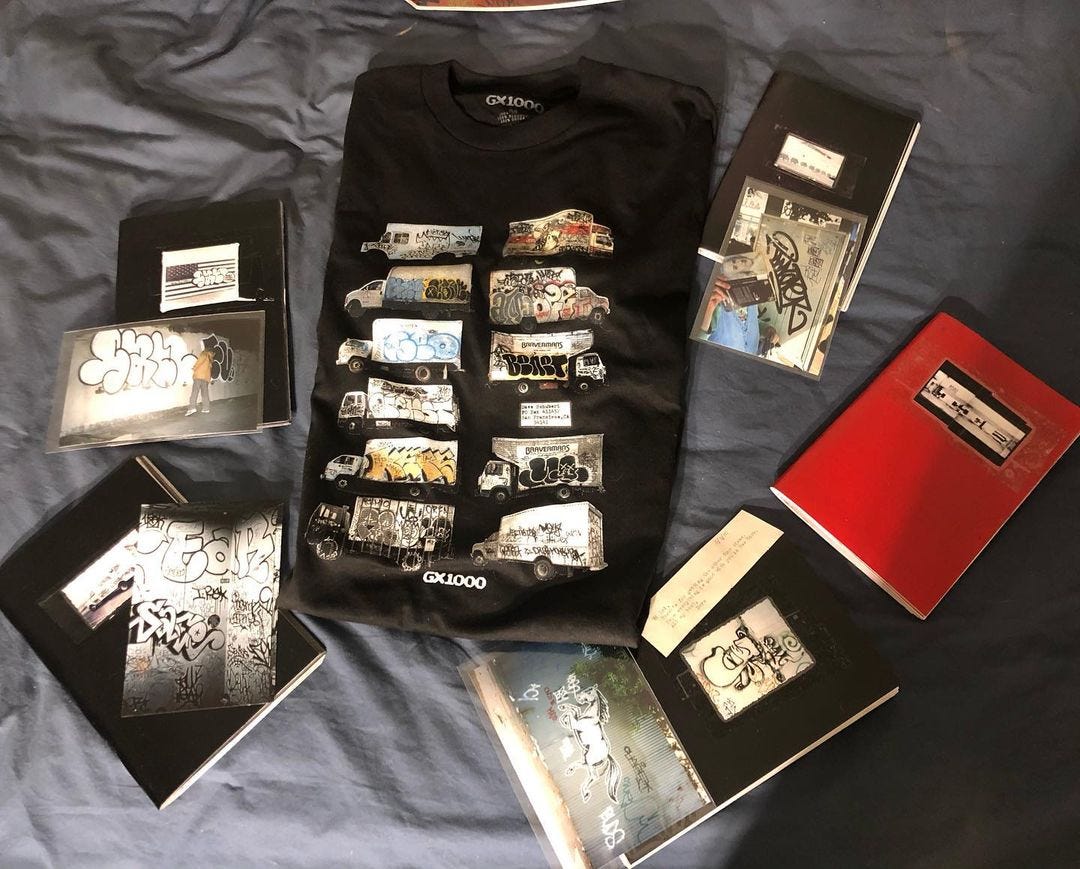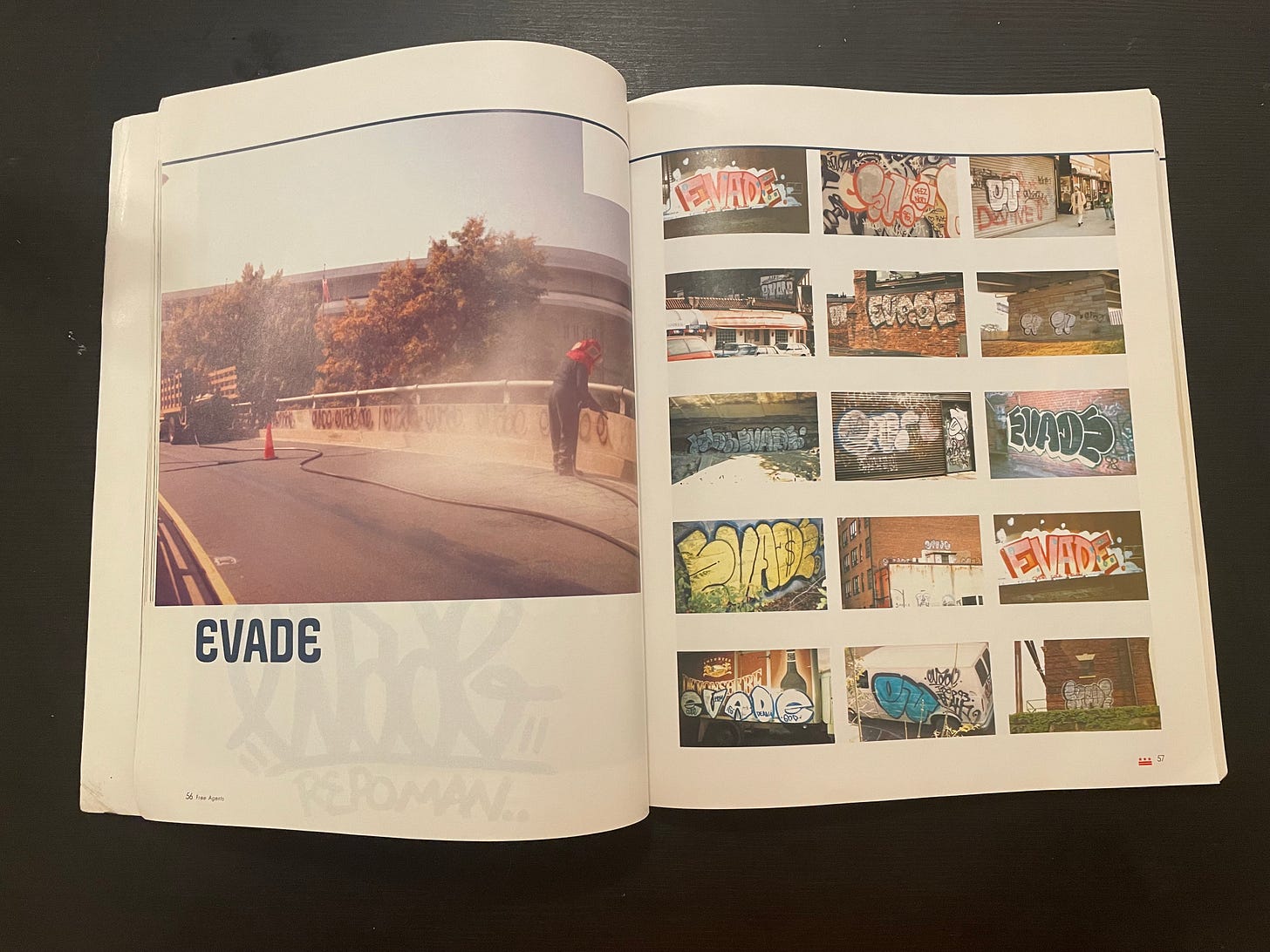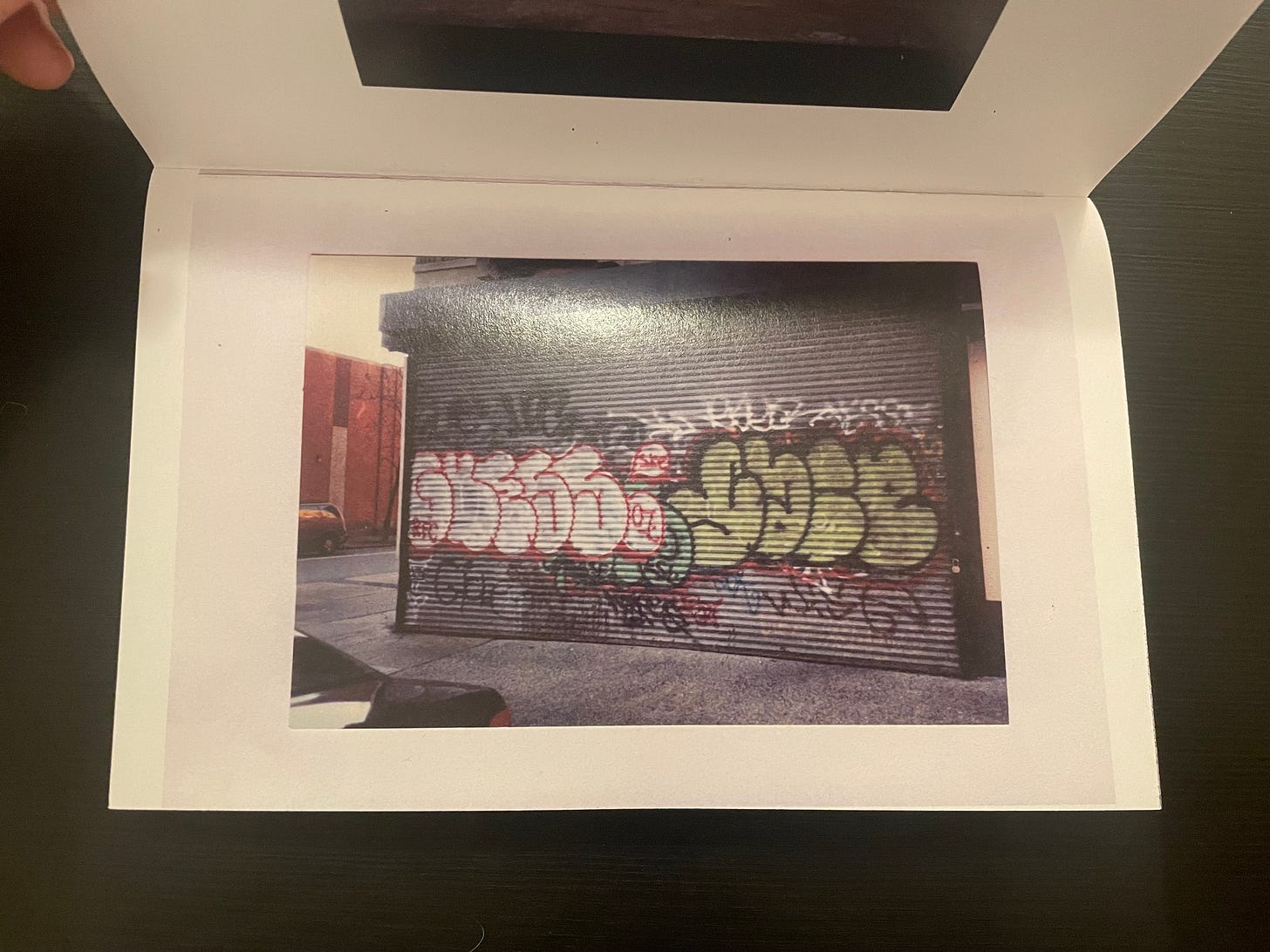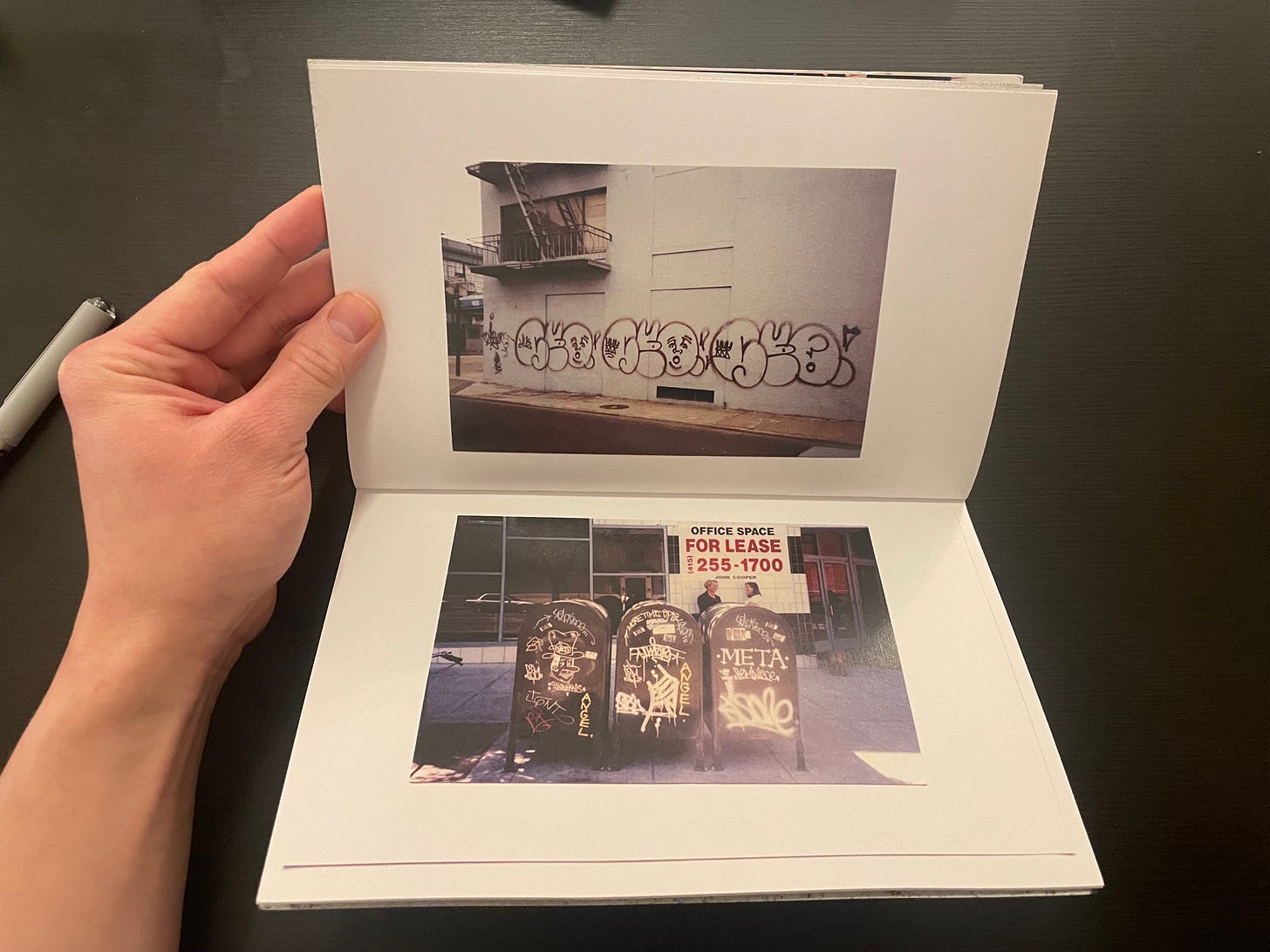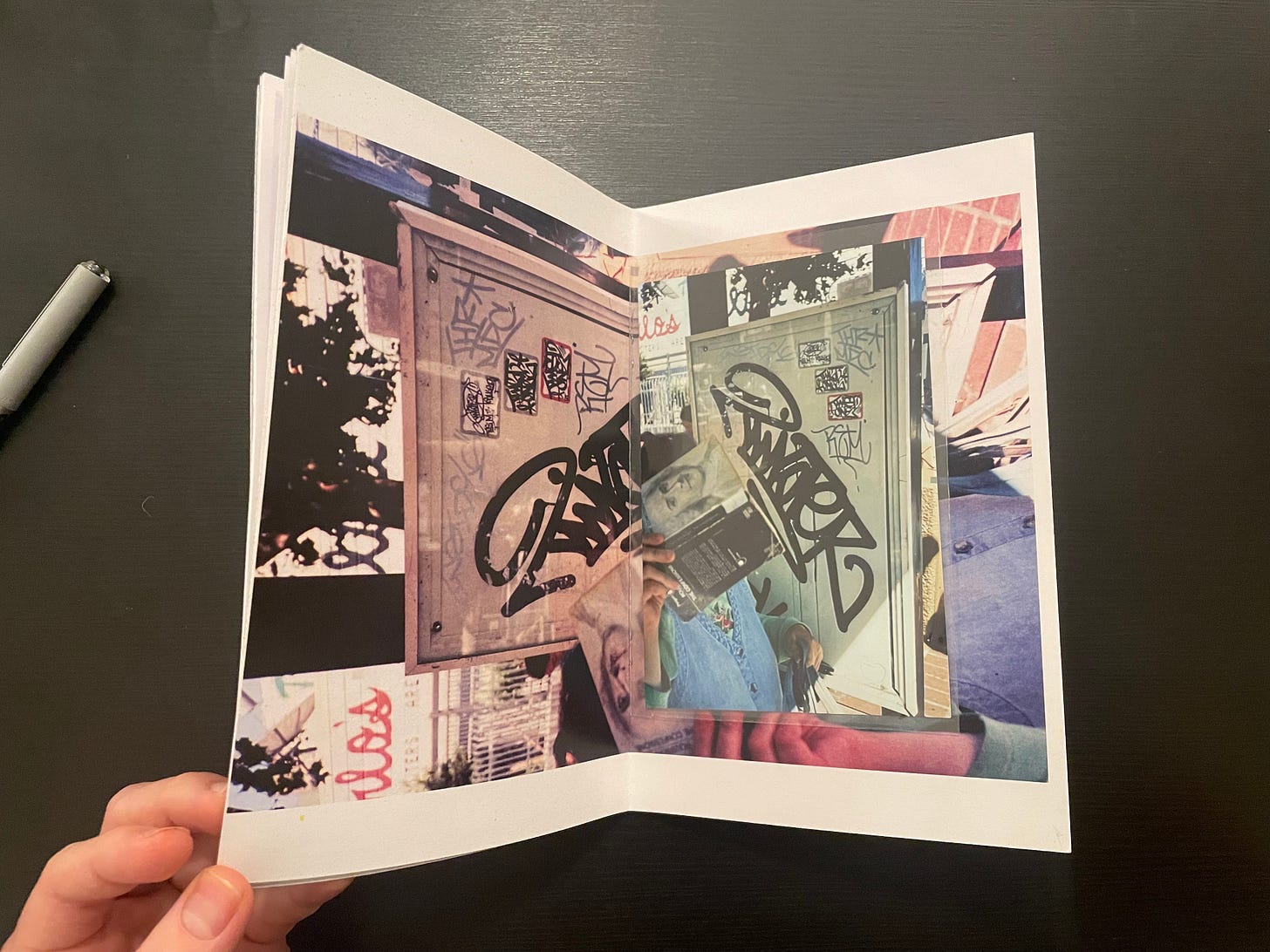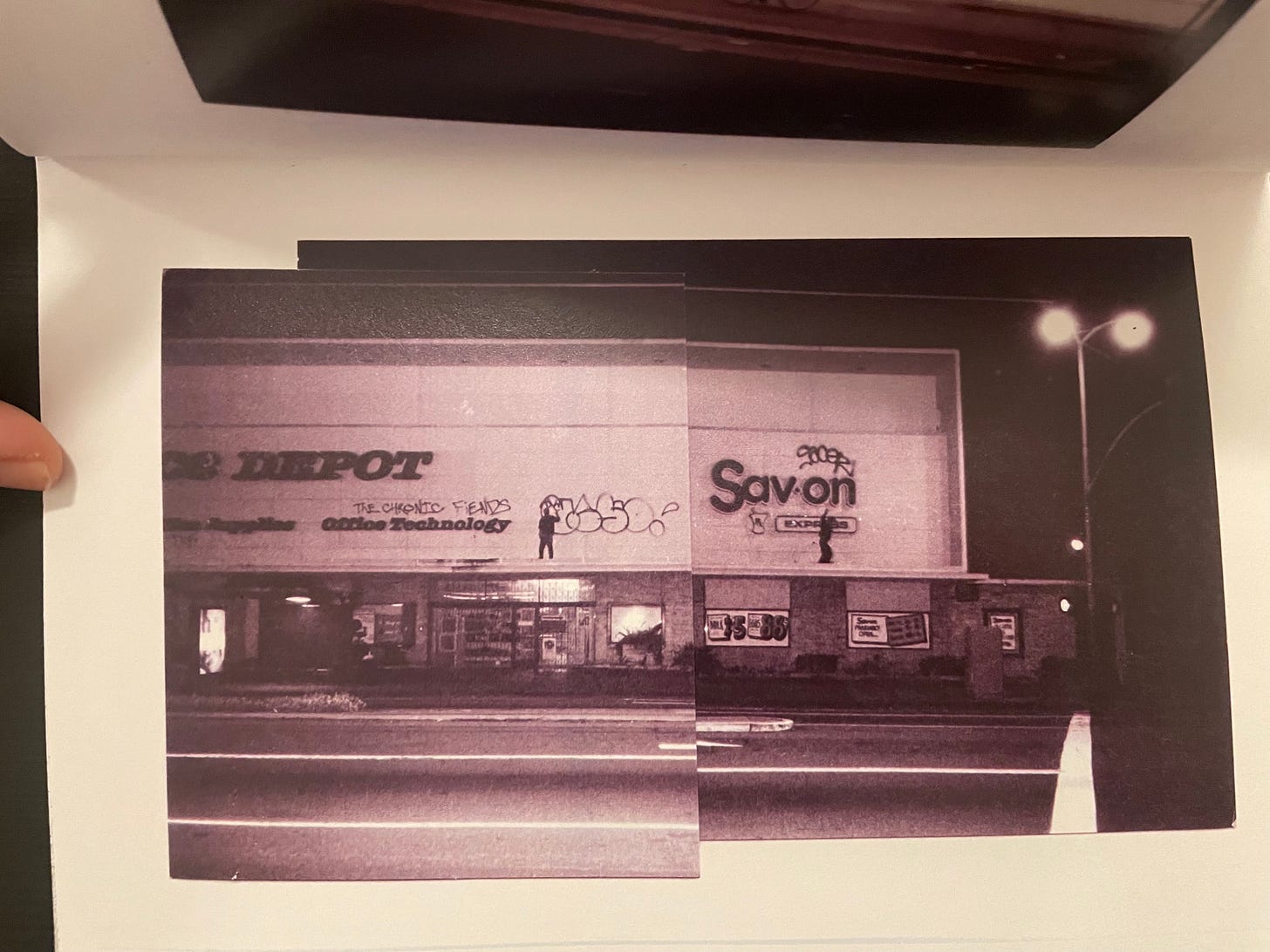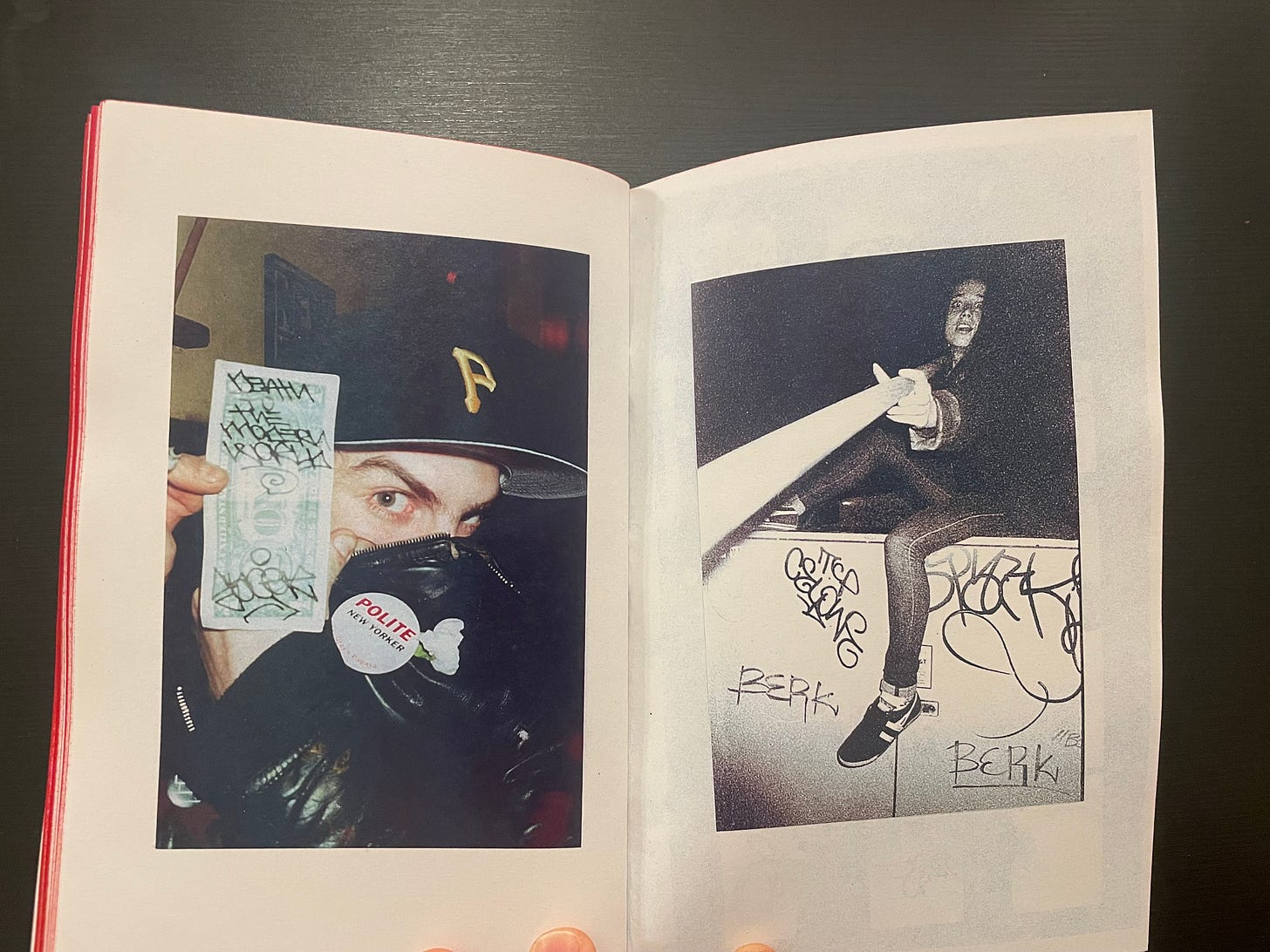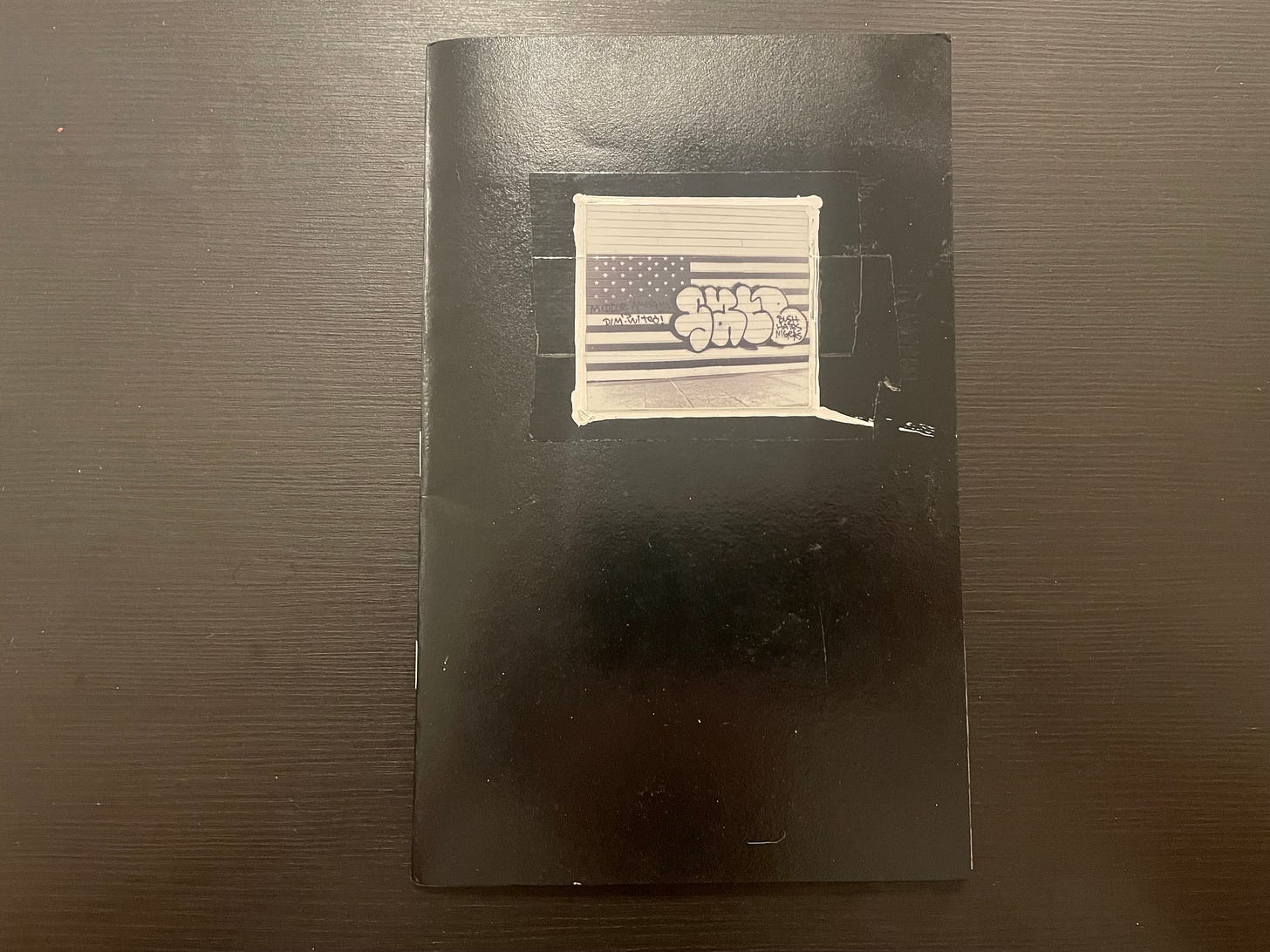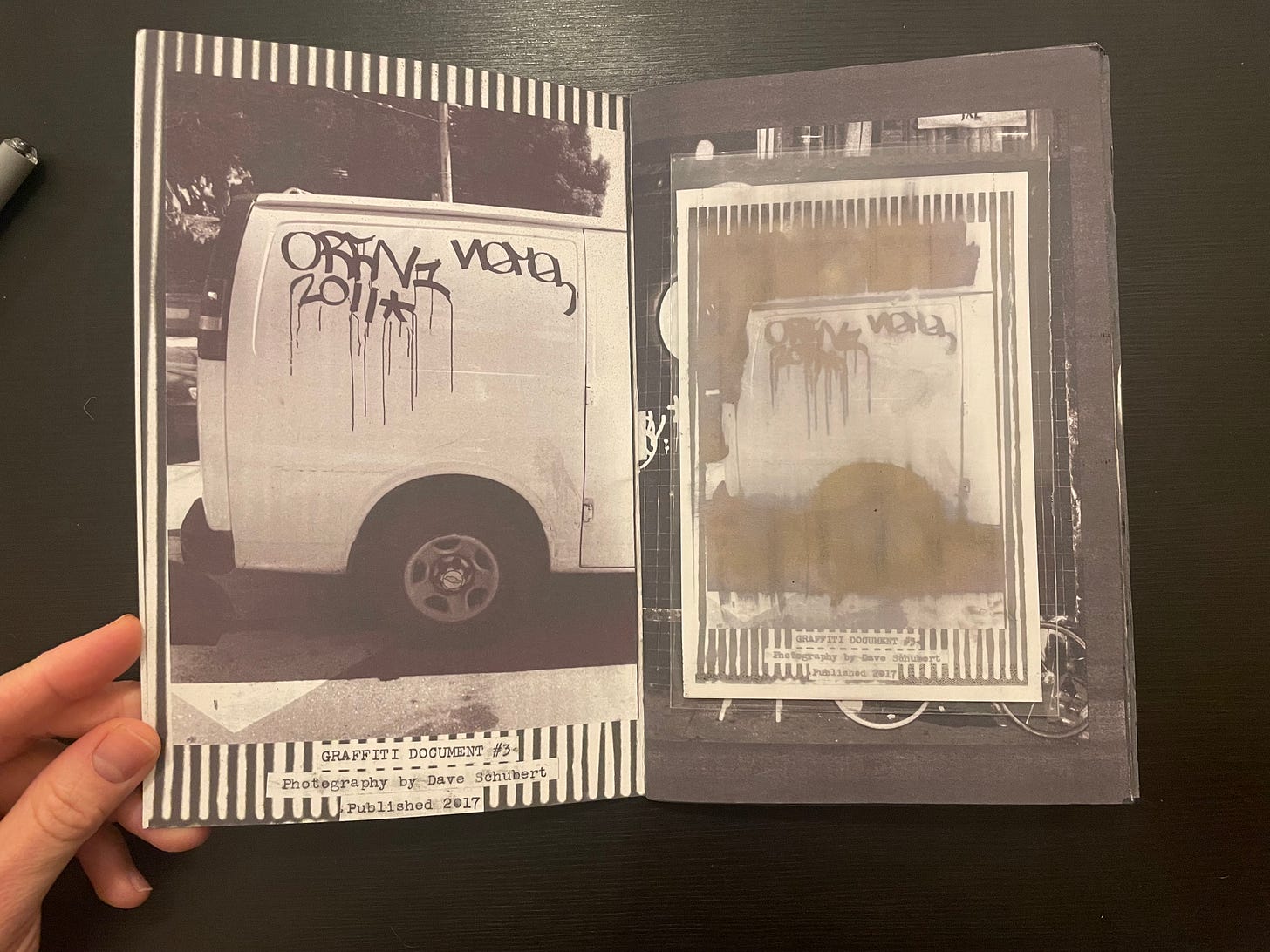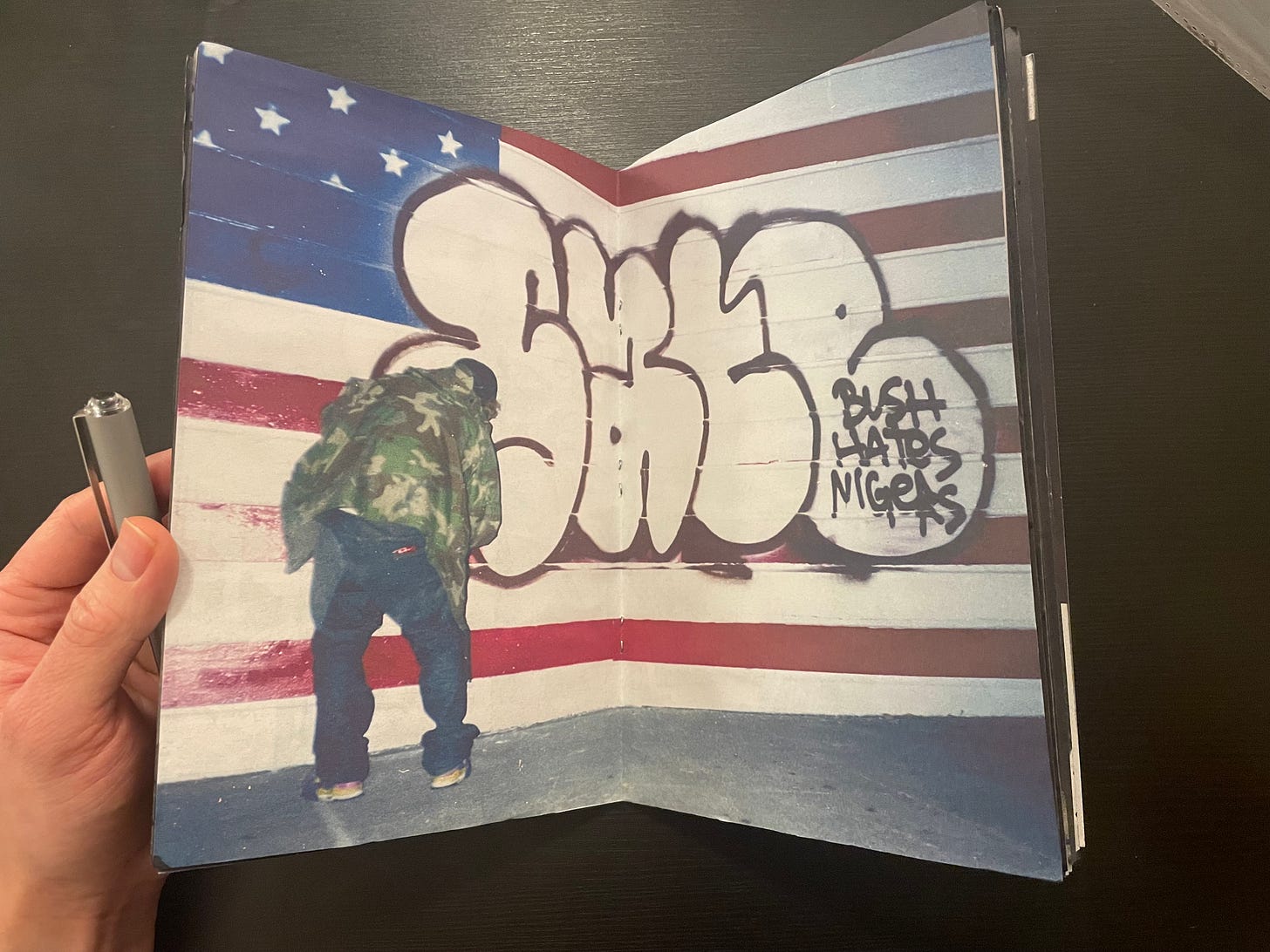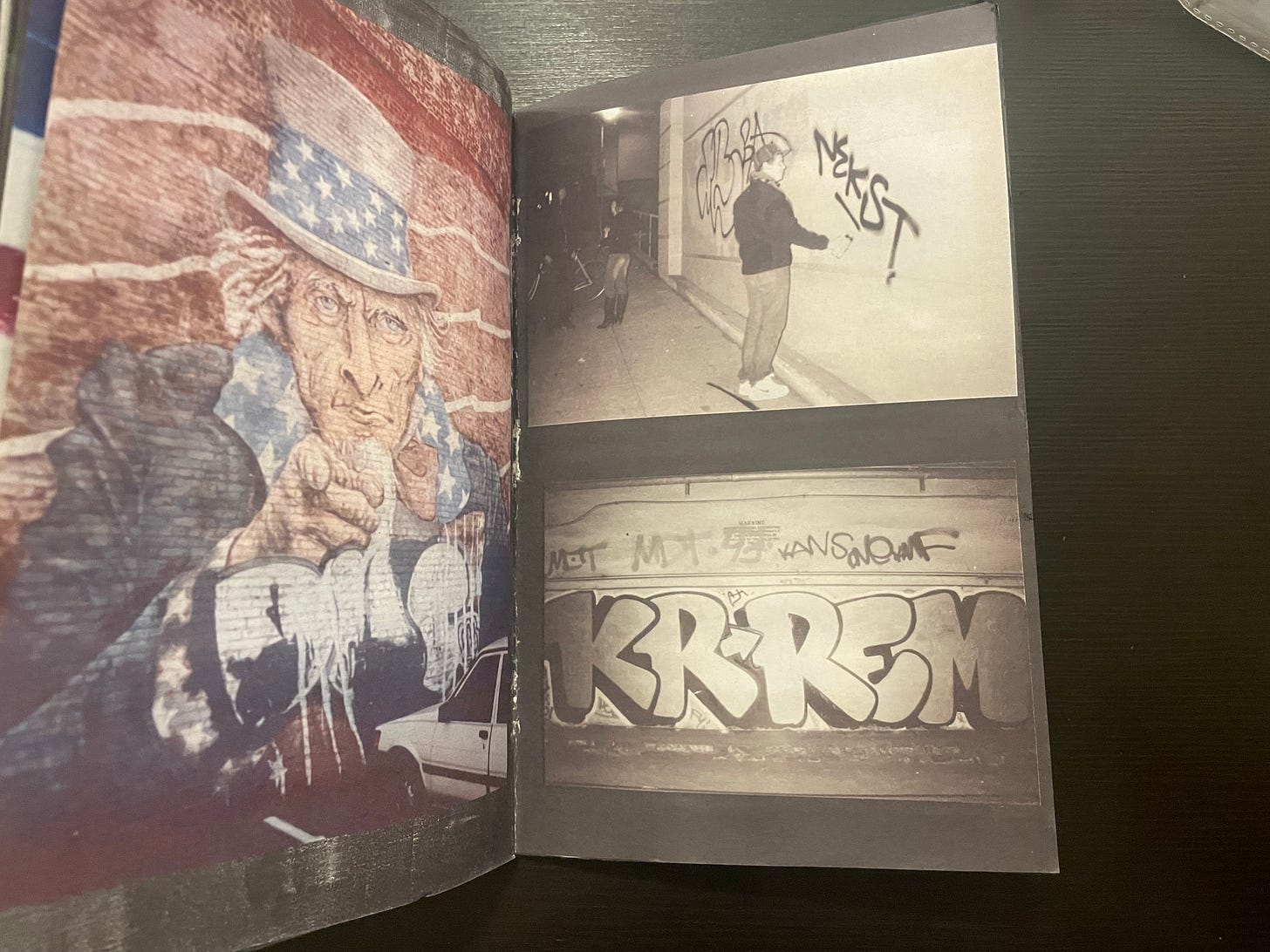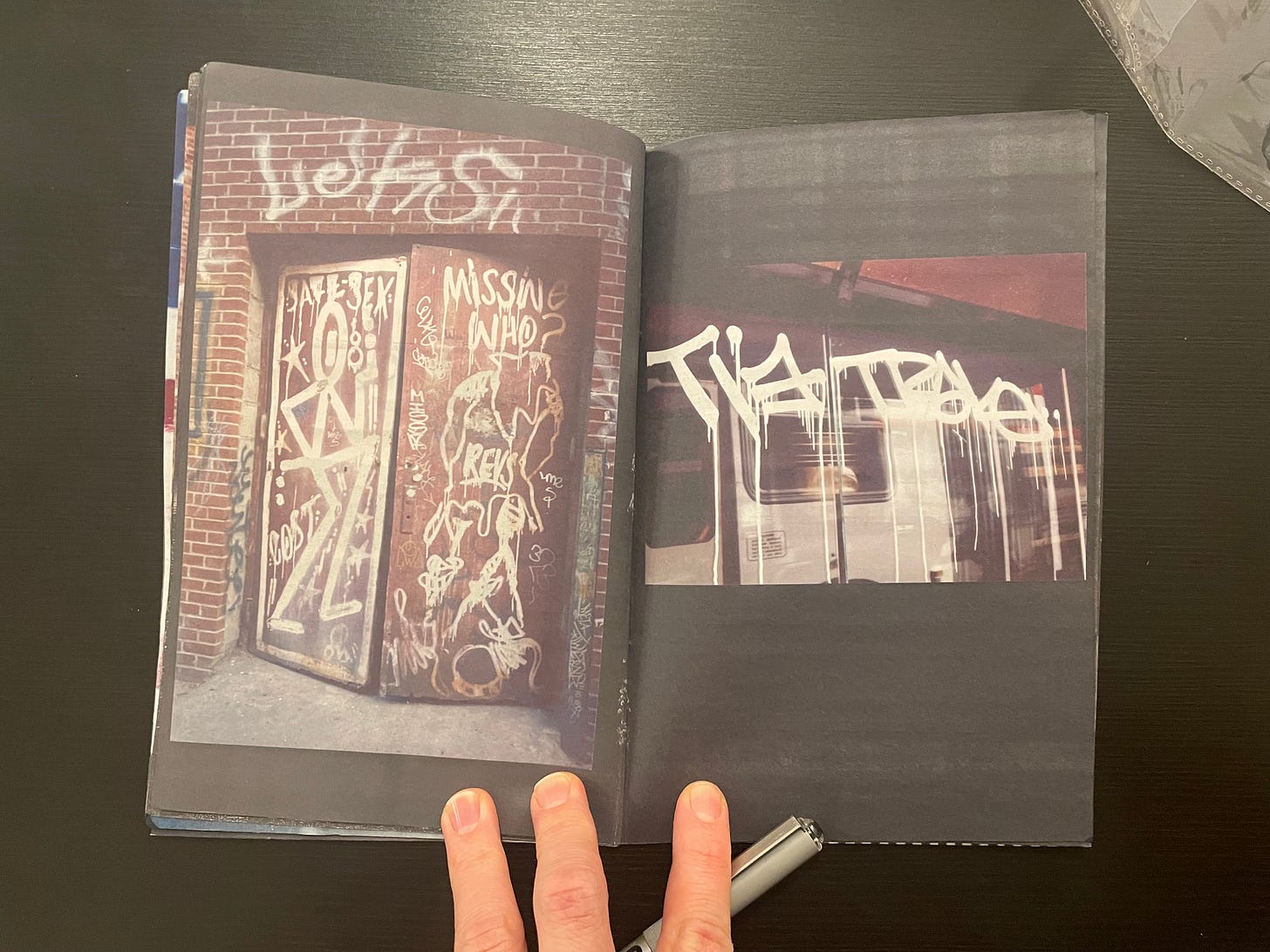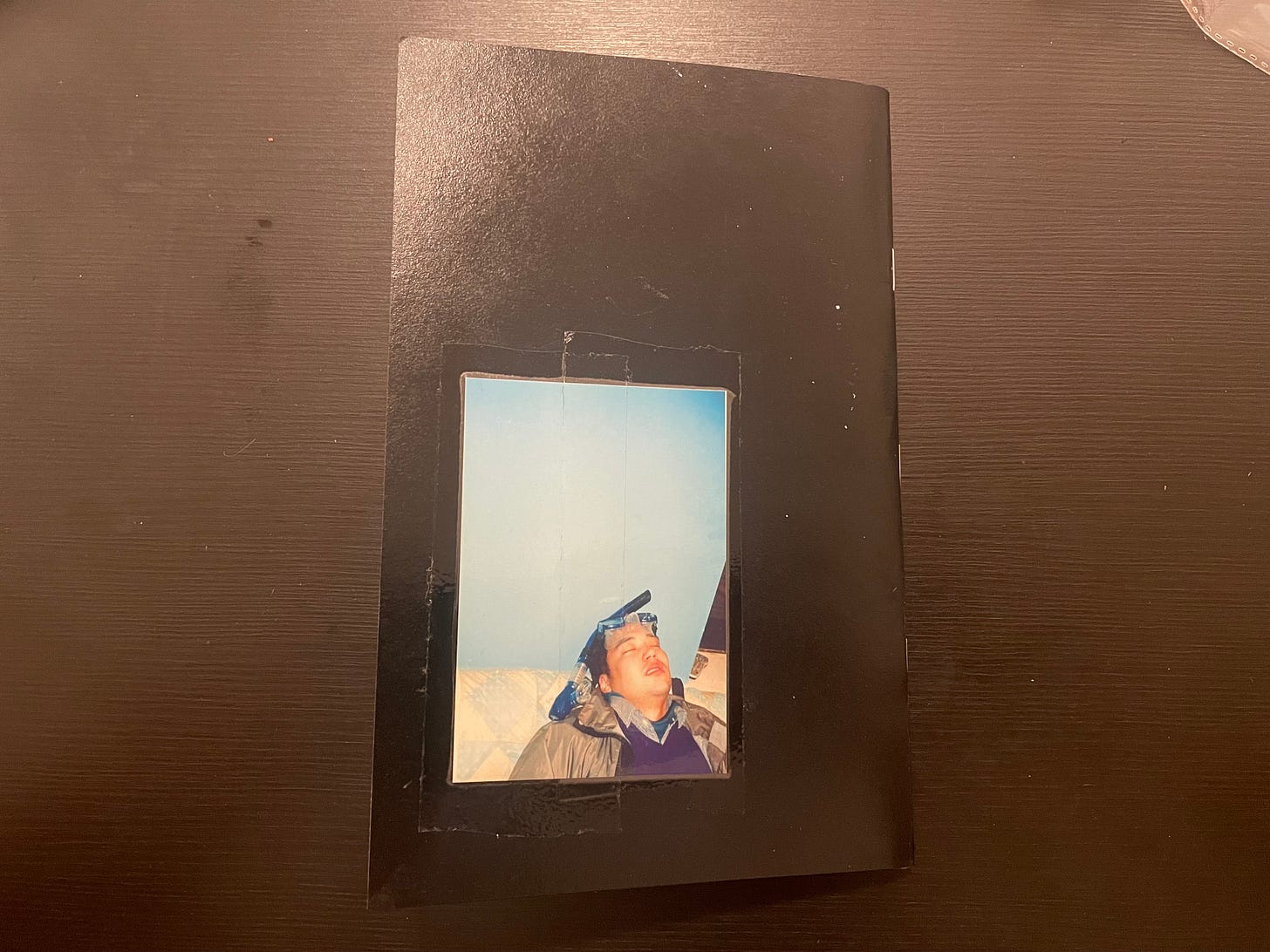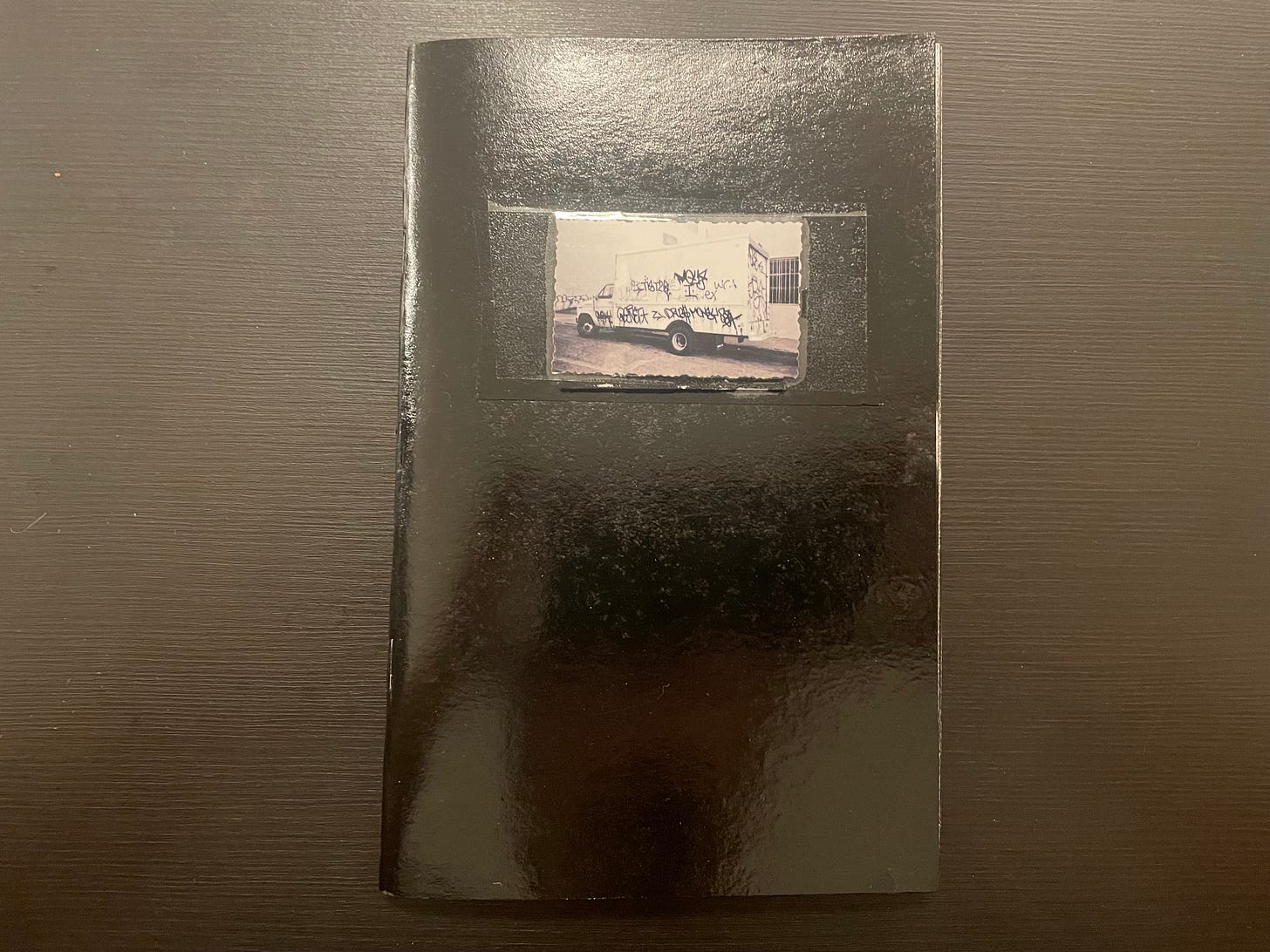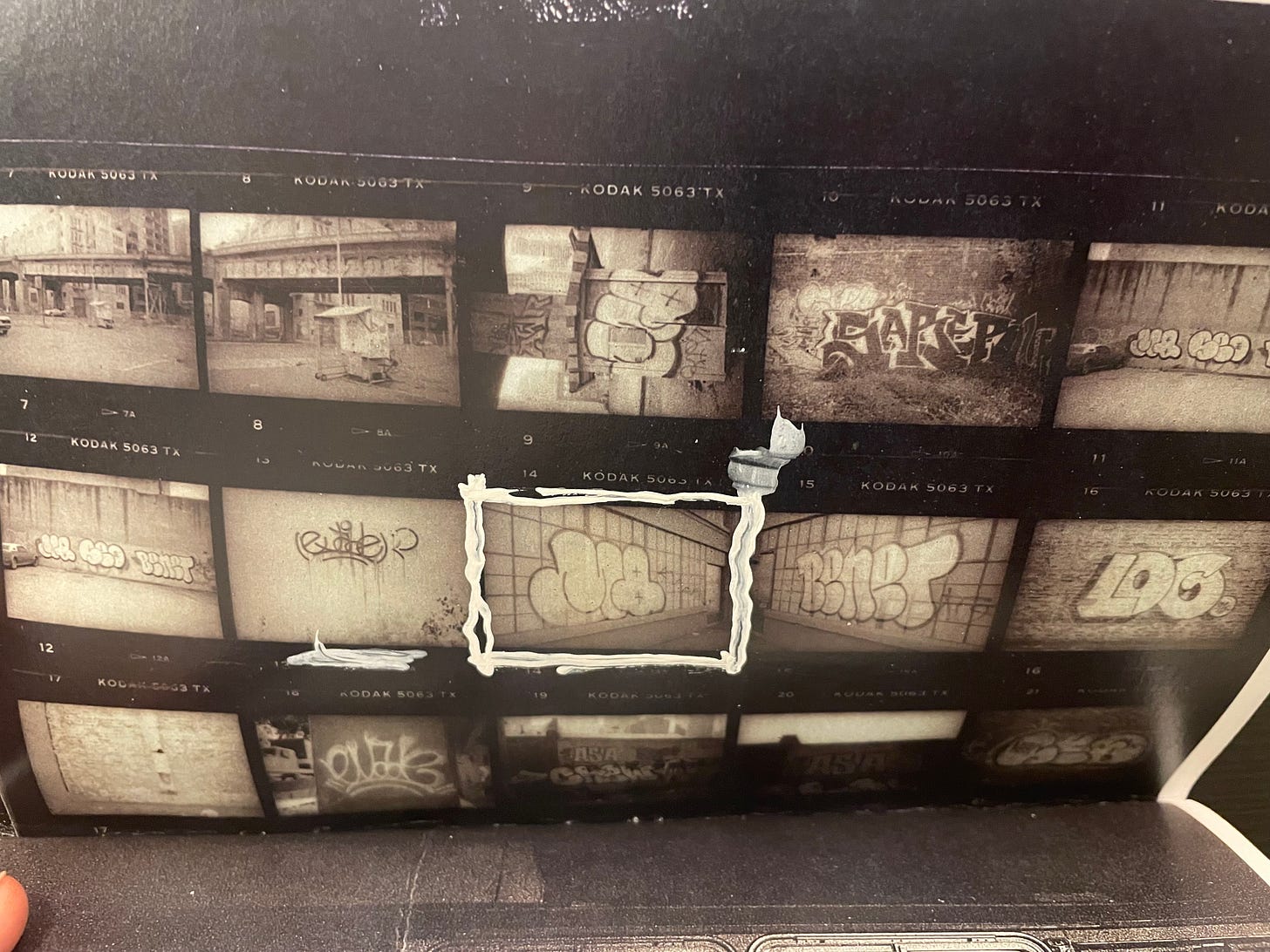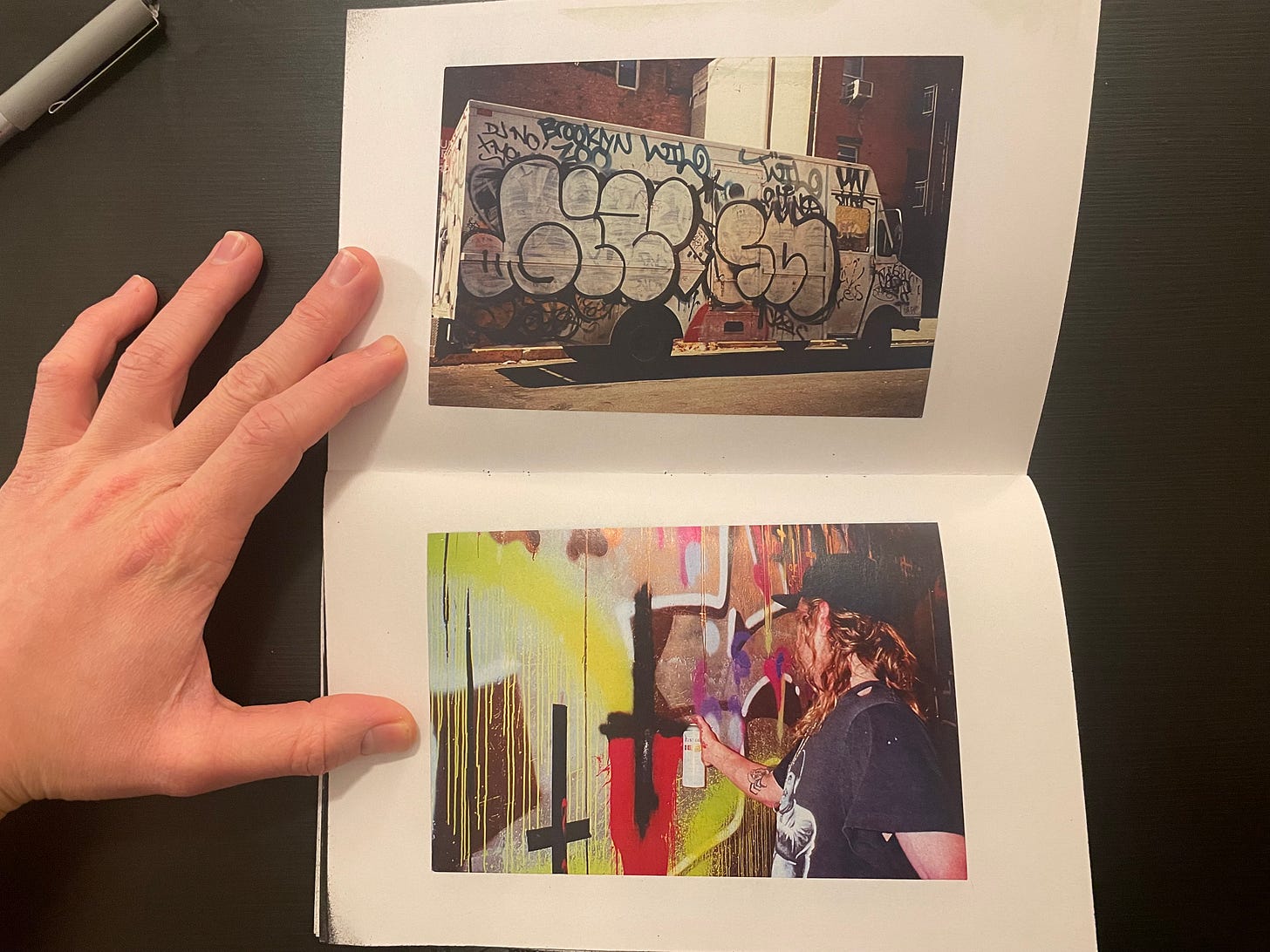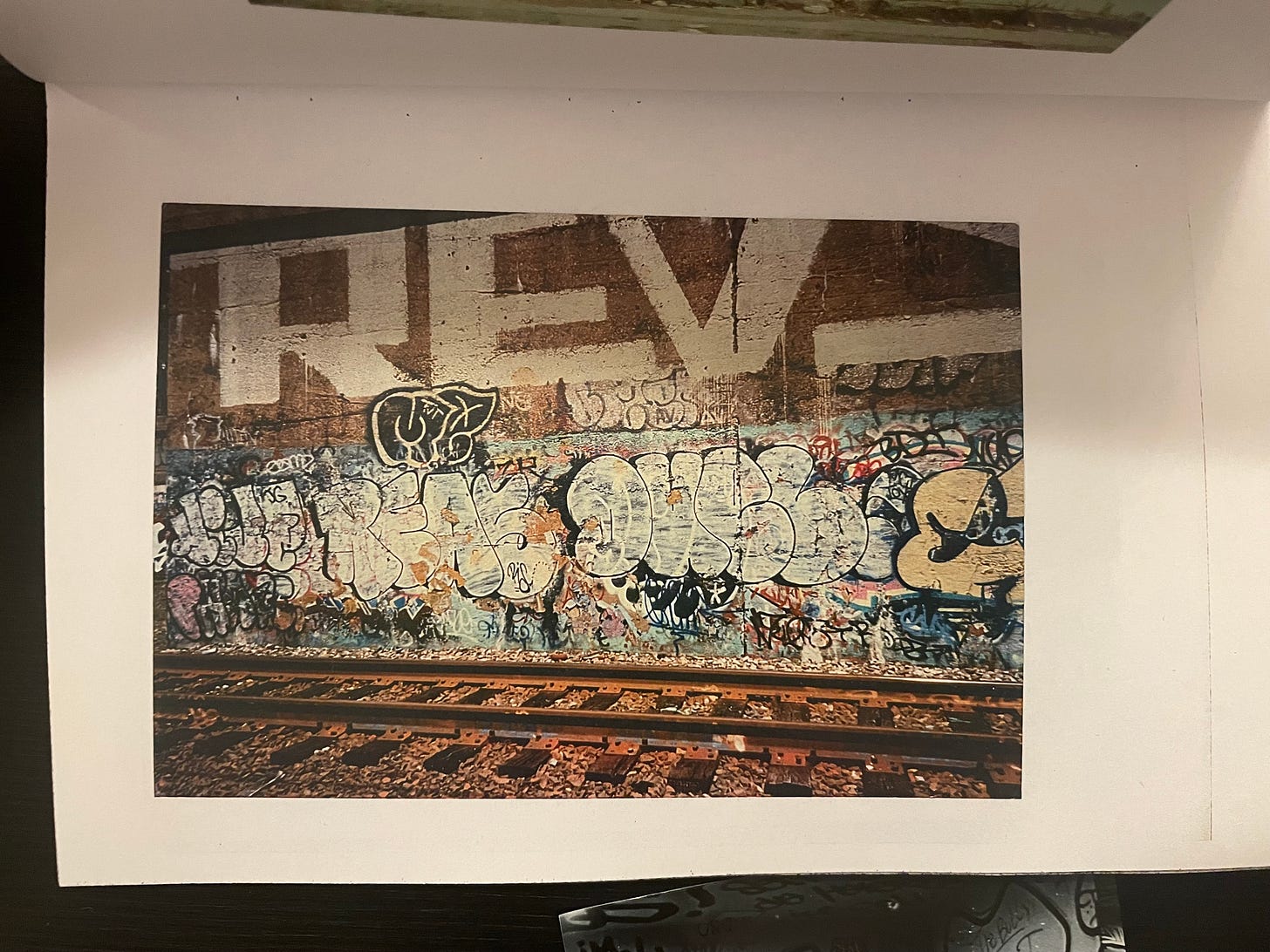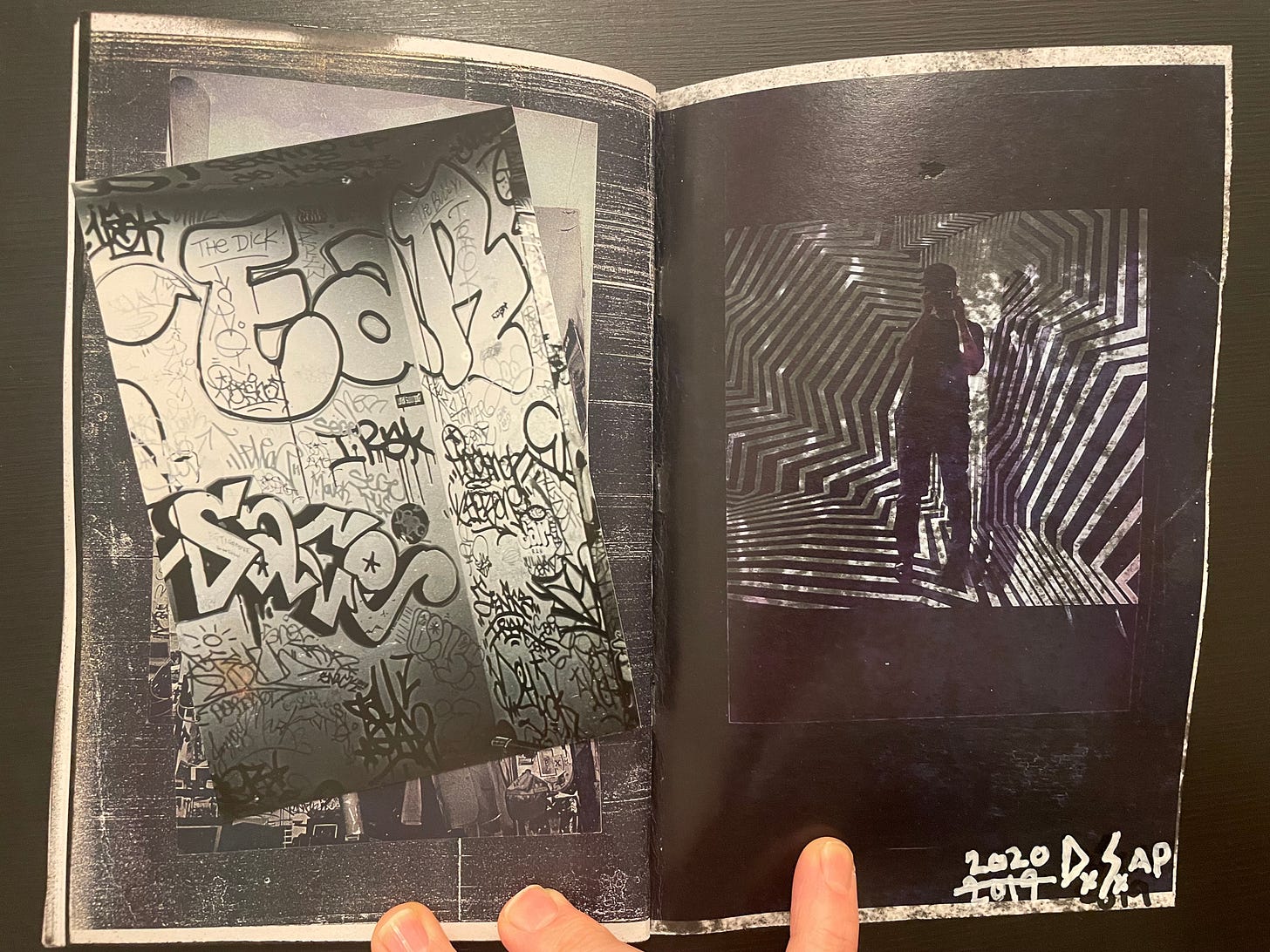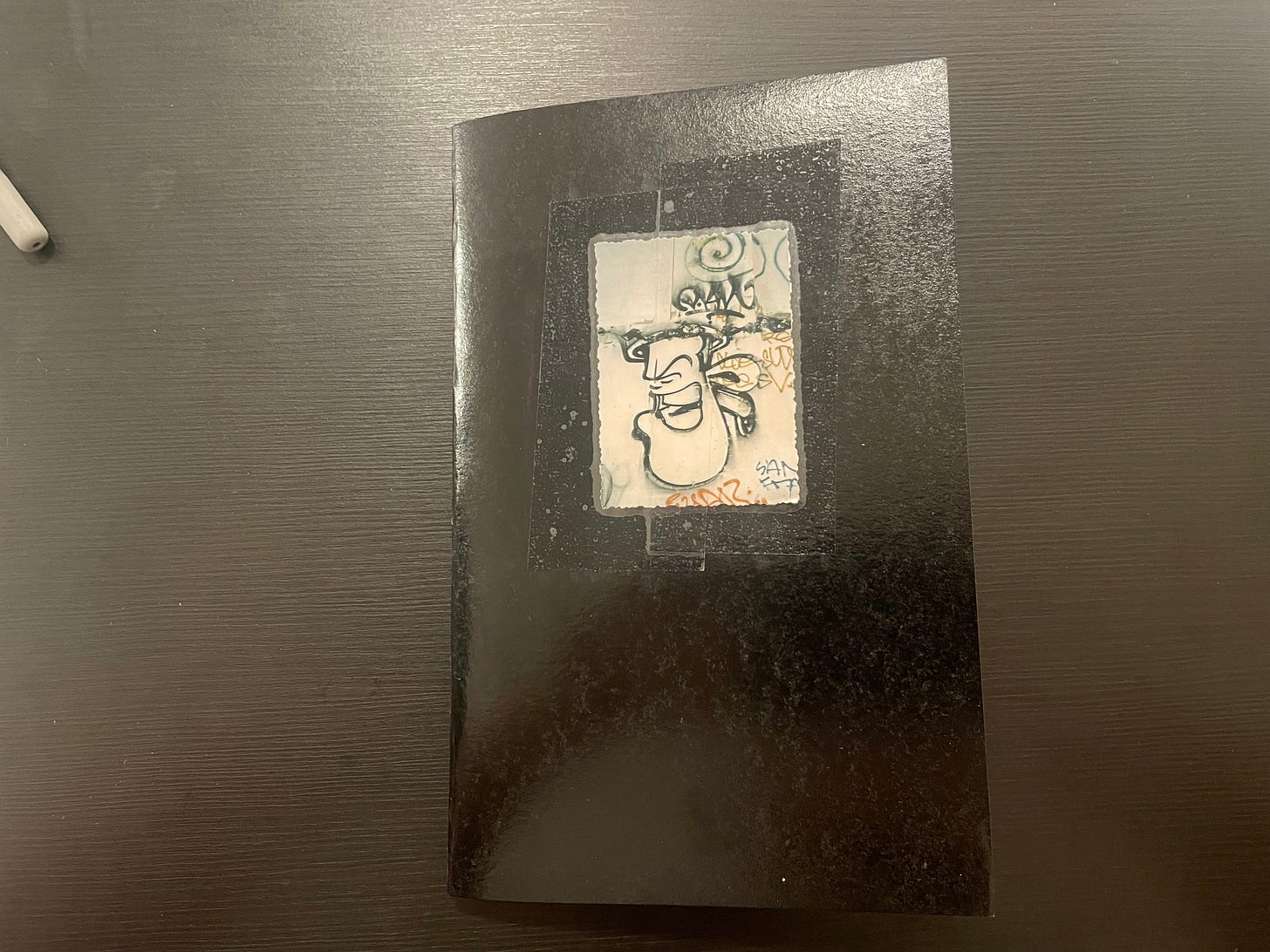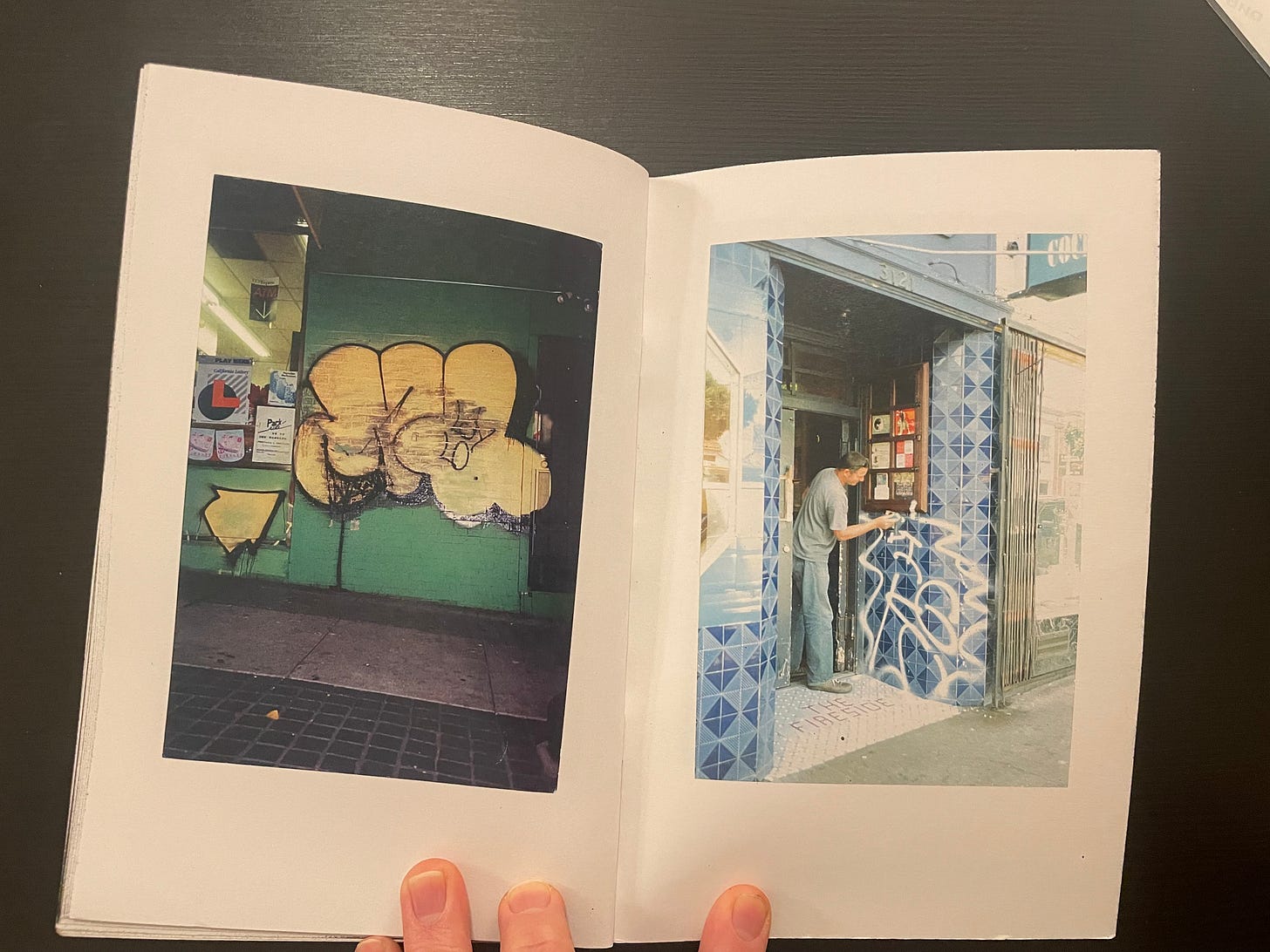Washington D.C., San Francisco, and New York. There are only a handful of names within the graffiti community who could say they’ve truly made a name for themselves on both coasts in several cities with the flicks to prove it. Dave Schubert was one of them. After hearing about his tragic passing earlier this week, I found it confounding there was little information about who he was out there. So I decided to write this so that more people could learn about his incredible artwork. Beyond the circle of just those who know.
For clarity, I never knew Dave Schubert on a personal level. I wasn’t even born when he began documenting street skating in Pulaski Park during the early ‘90s and was barely able to even read when he began snapping candids of graffiti legends in the early 2000s. Instead, like most young graffiti heads today, I found out about Schubert’s work through Instagram. And when I discovered his page, it was like stumbling into a time machine filled with gold.
Whether you know it or not, the algorithm has likely shown you Schubert’s work before. A striking number of incredible graffiti images taken between the 1990s and early 2000s, especially from New York and San Francisco, were taken by Schubert. For example, a late ‘90s flick of a vertical MQ throw alongside a silver SEO fill-in–completed with an IRAK shoutout scrawled inside Lim’s “S.” One of the only portraits I’ve ever seen of the late JADE BTM, posing in front of a freshly grilled door, was caught by his lens. The most circulated photos I’ve seen were Schubert’s action shots of SACE, where he snapped him painting everything from rooftops to anti-Bush fill-ins over a mural of the American flag.
Schubert was no stranger to the world of graffiti. He gained a significant amount of notoriety by writing as EVADE while growing up in Washington D.C. For those that collect graffiti books, the cover of Roger Gastman’s Supreme Quality is a familiar image. That was another one of many iconic MQ photo taken by Schubert. Here’s a beautiful spread featuring all the work EVADE put in The District from Gastman’s Free Agents—one of the definitive books for anyone looking to delve deeper into the history of Washington D.C graffiti.
Aside from graffiti, he voraciously documented street skateboarding on the East Coast. Last year, The Face published an excellent interview with Schubert centered on his early ‘90s photographs from Pulaski Park, which was where he captured intimate flicks of skaters like Pepe Martinez, Andy Stone, Reese Forbes, and Stevie Williams. His earliest Instagram posts also includes some amazing archival footage of skaters like Harold Hunter hitting the Brooklyn Banks. Jimmy Pelletier recently shared a beautiful tribute on Instagram that further detailed Schubert’s many contributions to skateboarding, which Pelletier said included editing clips for the first ever 411 video along with photography and videography work for Element Skateboards. In the first 411 video, Schubert was on the ground to capture the April 18, 1993 skate tournament organized by Vinny Rafa at the Brooklyn Banks. That tournament didn’t necessarily unfold as planned and Schubert beautifully captured the chaos that ensued. Yes, he even caught Larry Clark breaking up a fight at the Banks and one can only wonder if this footage potentially influenced Clark’s own famous beatdown scene in Kids. Watch the raw footage that Schubert captured this day up to the very end, where you might notice the EVADE tag he left on a MTA bus.
While I can’t provide a detailed biography on Schubert’s life, and by no means is this a thorough obituary of any sort, I highly suggest listening to his Beautiful Losers interview to hear him speak about his own work and his thoughts on the Mission School art movement. ESPO, Roger Gastman, and Cheryl Dunn have also shared some beautiful tributes about Schubert since his passing last week that I highly encourage anyone interested in his work to read. Rae Alexandra of San Francisco’s KQED also published this excellent article yesterday detailing her own relationship with Schubert and the impact he made in San Francisco’s arts and culture scene.
Like many others, I fell deeply in love with Schubert’s Graffiti Document zines, which he began releasing in 2017. These zines did not just contain Schubert’s incredible graffiti photographs, but were truly handcrafted works of art. Each one felt viscerally personal, embellished with white-out pen marks and film photos haphazardly taped to the front and back cover. According to this excellent interview by Miss Rosen for Dazed, Schubert said he ended up making these zines because young Instagram dweebs like myself were bugging out about these graffiti gems he was dropping on the regular.
“I printed each page myself. I made the paper for the cover. I wanted it to be really flat black and I couldn’t find any paper so I found a bunch of Xerox toners on the street one night. I took them home, drilled a hole in them, and poured them into the Xerox machine,” Schubert told Dazed “It’s broken – it just prints out black. Each cover, I put through the drawer 20 times to make it super black. It’s crazy. I went through three printers and two Xerox machines! I never thought I’d be doing that. I’ll like, ‘Damn I just spent all day and I made ten zines.’ Each one is its own painting. Each one is a little different.”
To celebrate Schubert’s life. I’m sharing some of my favorite pages from Graffiti Document 1-5 below. I hope these images continue to inspire graffiti bombers, photographers, and enthusiasts all over the world. Rest in Power Dave Schubert. Thank you for everything.



